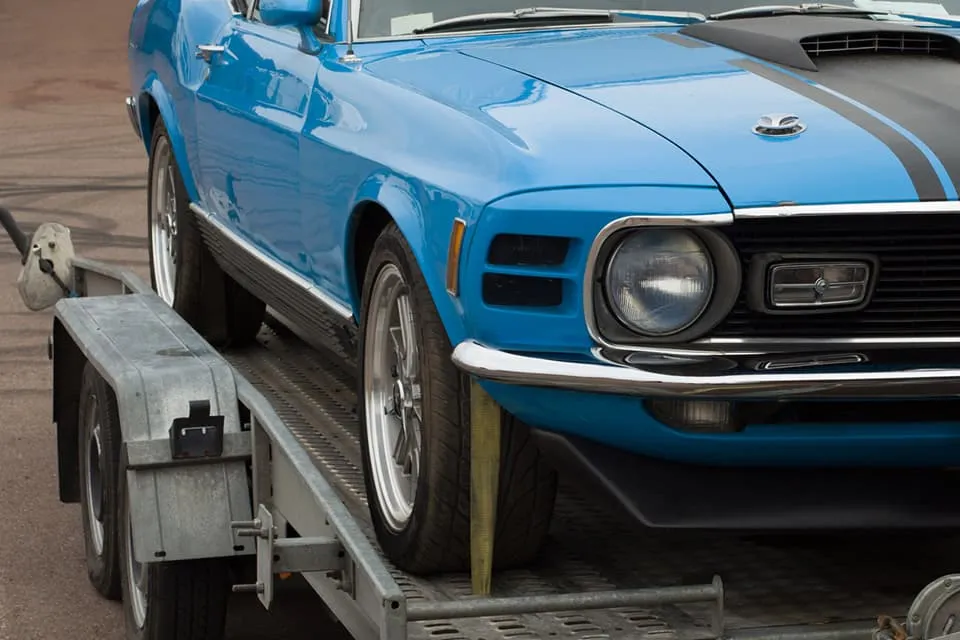10 Common Types of Car Insurance Coverage

Whether you are insuring a new car, a used car, or one you have under lease, there are numerous types of car insurance coverages to choose from. Which plan you choose will depend on your vehicle type, the level of coverage you desire, and how much you are willing to pay every month. Most of the time, car insurance isn't optional. Many areas have laws specifically requiring motorists to be insured, and failure to do so can result in a suspension of your license.
Different Types of Car Insurance
Types of car insurance coverage types range from plans that cover only the other driver in the case of an accident to ones that insure the entirety of your vehicle. Each type of car insurance will carry different costs and criteria, so research each plan thoroughly before choosing one. Make sure to find out your lease and loan payments ahead of time as well; these values will show you how much you'll be paying each month when combined with your car insurance coverage. You can calculate your lease and loan payments with the free tools one from GoodCar.
Type #1: Liability Insurance

The most basic policy, liability insurance, covers the other party's costs associated with the instance of vehicular accident or collision. If you get into an accident with another person and are found at fault, liability insurance will cover the damage to their vehicle and (in some cases) their medical expenses. For most states, liability insurance is the minimum coverage a person can have and legally drive. This coverage includes:
- Bodily Injury Liability
- Property Damage Liability
For most states, liability insurance is the minimum coverage a person can have and legally drive.
Type #2: Comprehensive Insurance
Comprehensive insurance is another type of car insurance coverage that is meant to cover everything besides accidents and can protect you from the costs of non-collision damage. These plans usually cover damage due to car theft, vandalism, fire, extreme weather, animals, or falling debris. Many leases will require you to have this type of car insurance; failure to do so can be a breach of your lease terms and cause you to lose ownership of your vehicle.
Type #3: Collision Insurance
Just like liability insurance covers the cost of damages incurred to another person's car, collision insurance will cover your repair costs if your vehicle is damaged. This type of plan can also cover you if your vehicle hits a non-vehicular object, like a barrier, fence, or tree. Like comprehensive insurance, a lender may require you to have collision insurance as a part of your lease agreement.
Type #4: Medical Payment Insurance

Not available in every state or from every provider, this type of car insurance covers any medical expenses related to an accident. Depending on the policy, your plan may cover only your (the driver) medical expenses; more expensive plans may cover every passenger in the car. Medical payment insurance will often cover any health insurance deductibles, ambulance fees, hospital visit costs, and the cost of any necessary surgery.
Type #5: Uninsured Motorist Insurance
Despite the laws requiring at least liability insurance to be held by drivers, many drivers on the road choose to drive without insurance anyway. If you get into an accident with these drivers, they won't have insurance to cover the costs of any related damages. In these cases, it can be helpful to get uninsured motorist insurance, which will pay any medical or vehicular damage costs incurred due to a collision with a non-insured driver.
Type #6: Underinsured Motorist Insurance

If a driver does have insurance, but it is insufficient to cover all the bills related to an accident, they are considered "underinsured". These drivers won't be able to pay for your repairs or medical expenses through their insurance policies and may therefore end up costing you money. Like uninsured motorist insurance, underinsured motorist insurance is designed specifically for this scenario. If you get into an accident with an underinsured driver, these plans have you covered.
Type #7: Rental Reimbursement Insurance
If your vehicle needs to go in for repairs, you may have to get a rental car to continue to get to work, school, or anywhere else you need to travel. If the repairs your vehicle is undergoing are due to an accident, rental reimbursement insurance can cover the costs of your rental or any public transportation you need to use during this time.
Type #8: Gap Insurance
In some cases, a car you have through a loan may be stolen or damaged in a way that makes you owe more than the vehicle's total value. Gap insurance can help you cover the remainder of your loan in these instances. The “gap” the insurance covers is the difference between the deprecated value of your vehicle and the total cost of your remaining loan payments.
Type #9: Towing and Labor Insurance

Many issues can happen to your car during travel: you may get a flat tire, lock yourself outside your vehicle, or your battery may go dead. Whatever causes your vehicle to be disabled, you usually have to pay a relatively high fee for towing and labor. Towing and labor insurance can help ease these costs, covering the price of roadside assistance and helping remove some of the stress associated with a breakdown.
Type #10: Classic Car Insurance
If you own a vehicle that is over 30 years old and meets the criteria to be considered a classic, you'll usually need a separate type of car insurance policy. This is called classic car insurance and can range in the same types as regular car insurance coverage. You can get a liability, comprehensive, collision, or a medical payment plan for your antique or classic car, though it may be pricier than a regular plan.
What Is The Most Popular Type of Car Insurance Coverage?
The most popular car insurance type is liability insurance because it's the minimum required by law in many states. Liability insurance is also the most affordable because it only covers the bare minimum regarding automobile accidents. While plans vary, liability car insurance will primarily cover the party that isn't at fault in an accident. These damages include:
- Damage to the other driver's vehicle
- Any injuries the other driver suffers
- Non-vehicle property damage (examples including someone's fence, front lawn, etc.)
- The other drivers lost wages due to injuries
- The other driver's pain and suffering resulting from an accident
While the cost of liability insurance is often the most affordable, everyone's payments will be different. Your car's accident history may affect this; if you don't know your car's accident history, you'll want to get a vehicle history report. These reports can show you numerous valuable details about your vehicle and may give you information about your monthly insurance cost.
Your Options For Car Insurance Coverage Types Are Plentiful,But Choose What Is Essential For You
With all the different types of car insurance coverages, there is plenty of research to be done before choosing a single policy. While it may be tempting to choose every optional plan you can, this can make your monthly vehicle costs skyrocket. What insurance you choose should be based on your type of vehicle, what you use it for, and how often you drive. For those that frequently travel, the more insurance, the better; for those that work remotely, less car insurance will often be more than enough.
FREE Vehicle Search
- Accidents
- Problem Checks
- Title Records
- Recalls
- Values
- Specs
-
InfoPay, Inc. (dba GoodCar) is an Approved NMVTIS Data Provider
-
-































